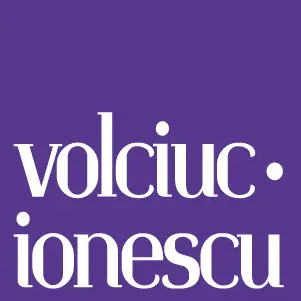On 29 December 2018, the controversial Emergency Government Ordinance no. 114/2018 entered into force providing, inter alia, a new tax on financial assets of banks (widely known as the “Greed Tax“) as summarized below.
The Greed Tax applies as of 1 January 2019 only to banking institutions, which are defined as Romanian credit institutions and Romanian branches of foreign credit institutions.
The Greed Tax is calculated, declared and paid quarterly, if the ROBOR quarterly average exceeds the reference threshold of 2%. The ROBOR quarterly average is established by the National Commission for Prognosis based on ROBOR3M and ROBOR6M determined by the National Bank of Romania for the last quarter/semester before the quarter of calculation.
The Greed Tax is applied to the bank’s financial assets, the rate being differentiated depending on how much the ROBOR quarterly average exceeds the reference rate of 2%, as follows:
| ROBOR QA value | Quarterly Greed Tax rate |
|---|---|
| 2 – 2.5% | 0.1% |
| 2.51% – 3% | 0.2% |
| 3.01% – 3.5% | 0.3% |
| 3.51% – 4% | 0.4% |
| more than 4% | 0.5% |
* ROBOR QA means ROBOR3M and ROBOR6M quarterly average
At the current ROBOR rates (i.e. 2.97% for ROBOR3M and 3.28% for ROBOR6M as at 21 January 2019) the Greed Tax rate for Q1 of 2019 would be 0.3% per quarter (which represent 1.2% per year).




